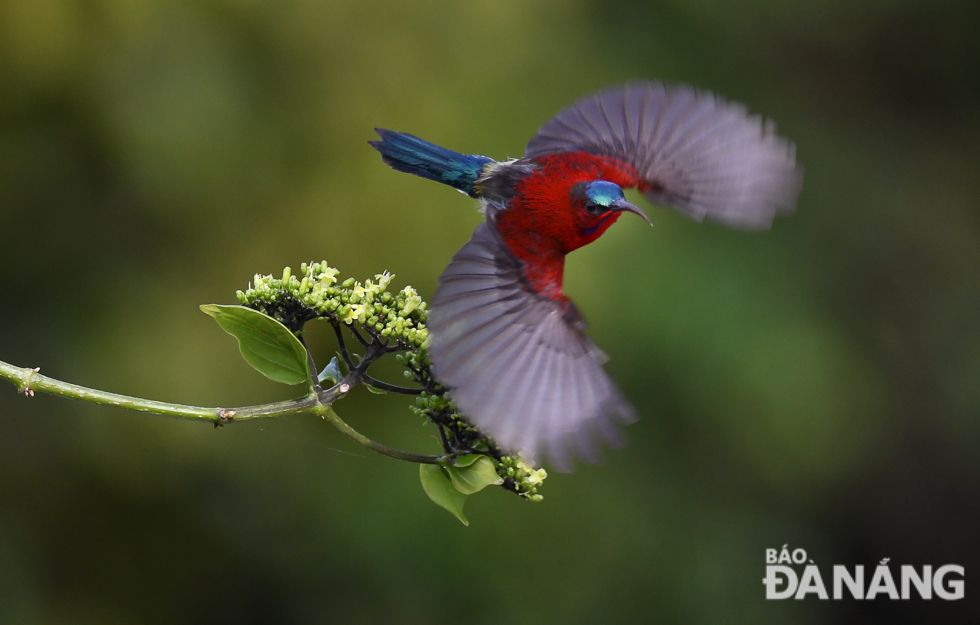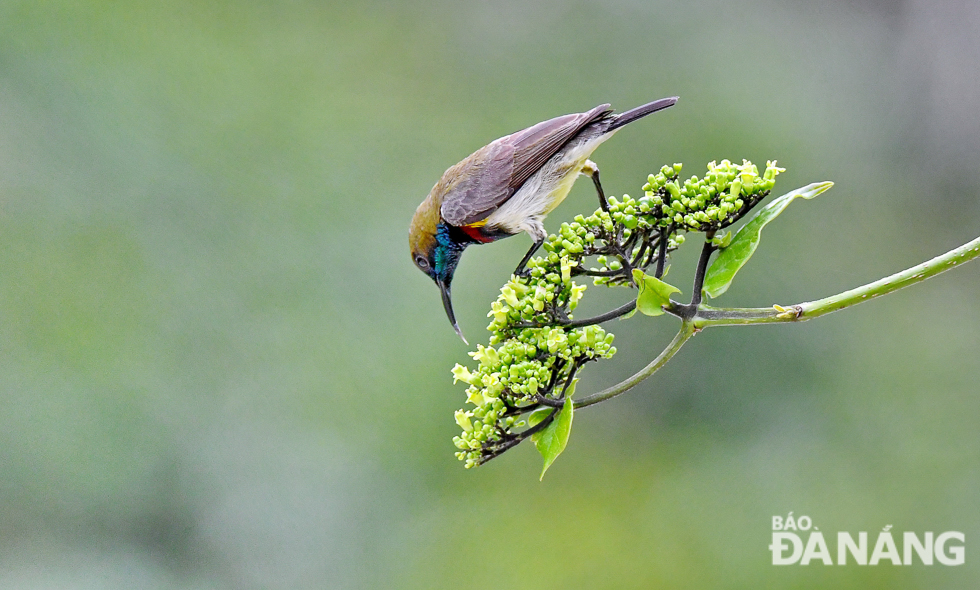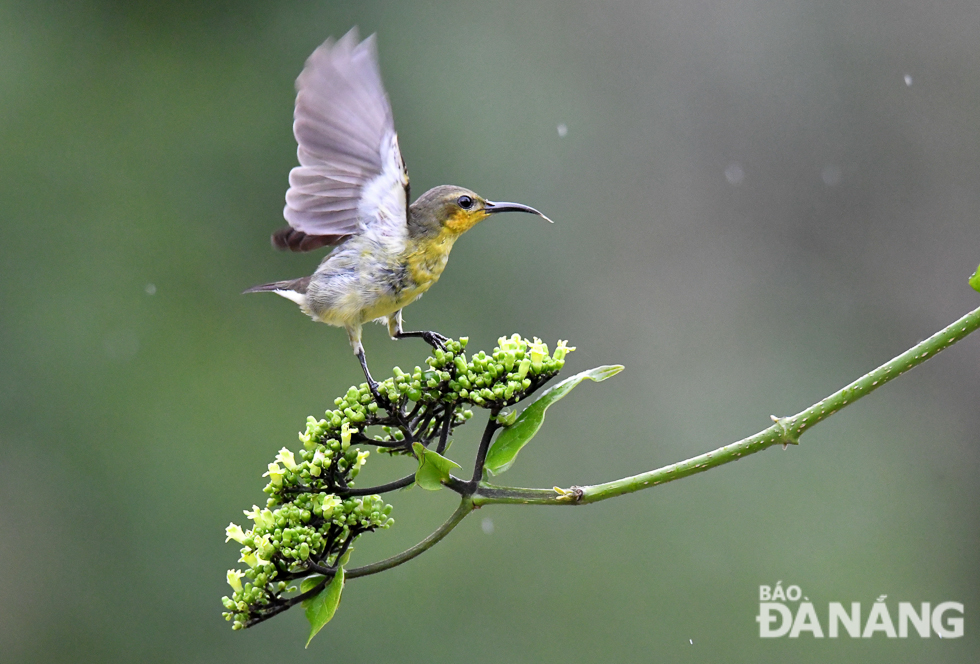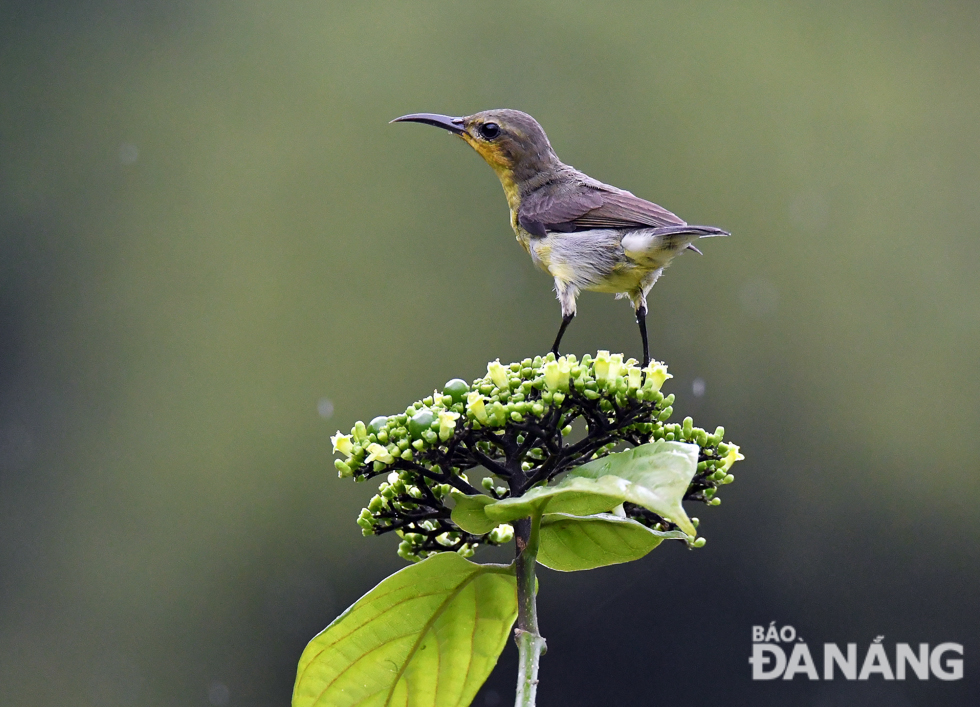Amazing images of sunbirds on Son Tra Peninsula
March 15, 2020, 14:45 [GMT+7]
The sunbirds are a group of very small Old World passerine birds which feed largely on nectar, although they will also take insects, especially when feeding young. A sun bird possesses a long, thin and pointed beak. This kind of beak helps the bird to suck the nectar of the flower. The sunbirds are often seen visiting flowering trees and bushes in the early morning.
In Da Nang, the sunbirds can be easily found in the Son Tra Peninsula's forest, and they are an endless source of fascination. Many photographers have felt the urge to capture this beauty.
Here are some really awesome shots taken by our freelance photographer Tran Tan Nghinh.
 |
| Sunbirds have long thin down-curved bills and brush-tipped tubular tongues, both adaptations to their nectar and insect feeding. |
 |
| The crimson sunbird (Aethopyga siparaja) is a species of bird in the sunbird family which feed largely on nectar, although they will also take insects, especially when feeding young. Flight is fast and direct on their short wings. |
 |
| The Olive-backed Sunbird, Cinnyris jugularis, also known as the Yellow-bellied Sunbird, is a species of sunbird |
 |
| ‘Vong Cach’ (Premna serratifolia) is a small shrub in the Verbenaceae family and its flowers produce nectar and attract birds such as sunbirds. |
 |
| Sunbirds are often rather confiding when nesting in people’s gardens, allowing a close approach if you are quiet. |
 |
| The sunbirds can be easily found in the Son Tra Peninsula's forest, helping make the Peninsula more inviting to locals and visitor arrivals to the city.. |
By TRAN TAN NGHINH – Translated by MAI DUNG
.